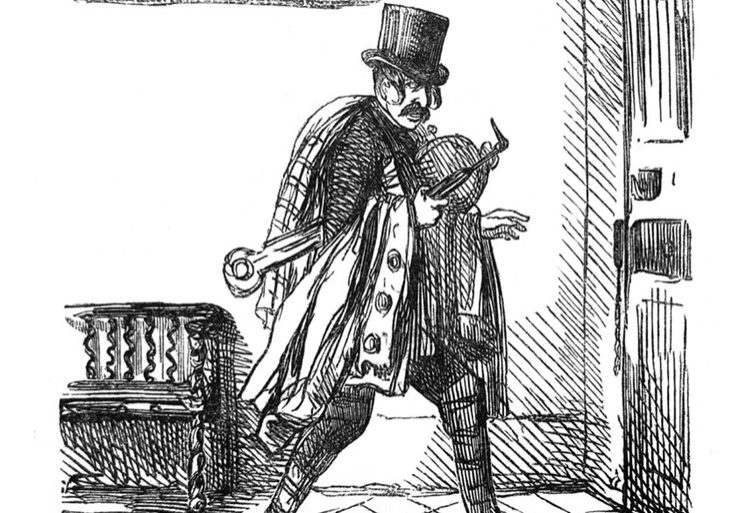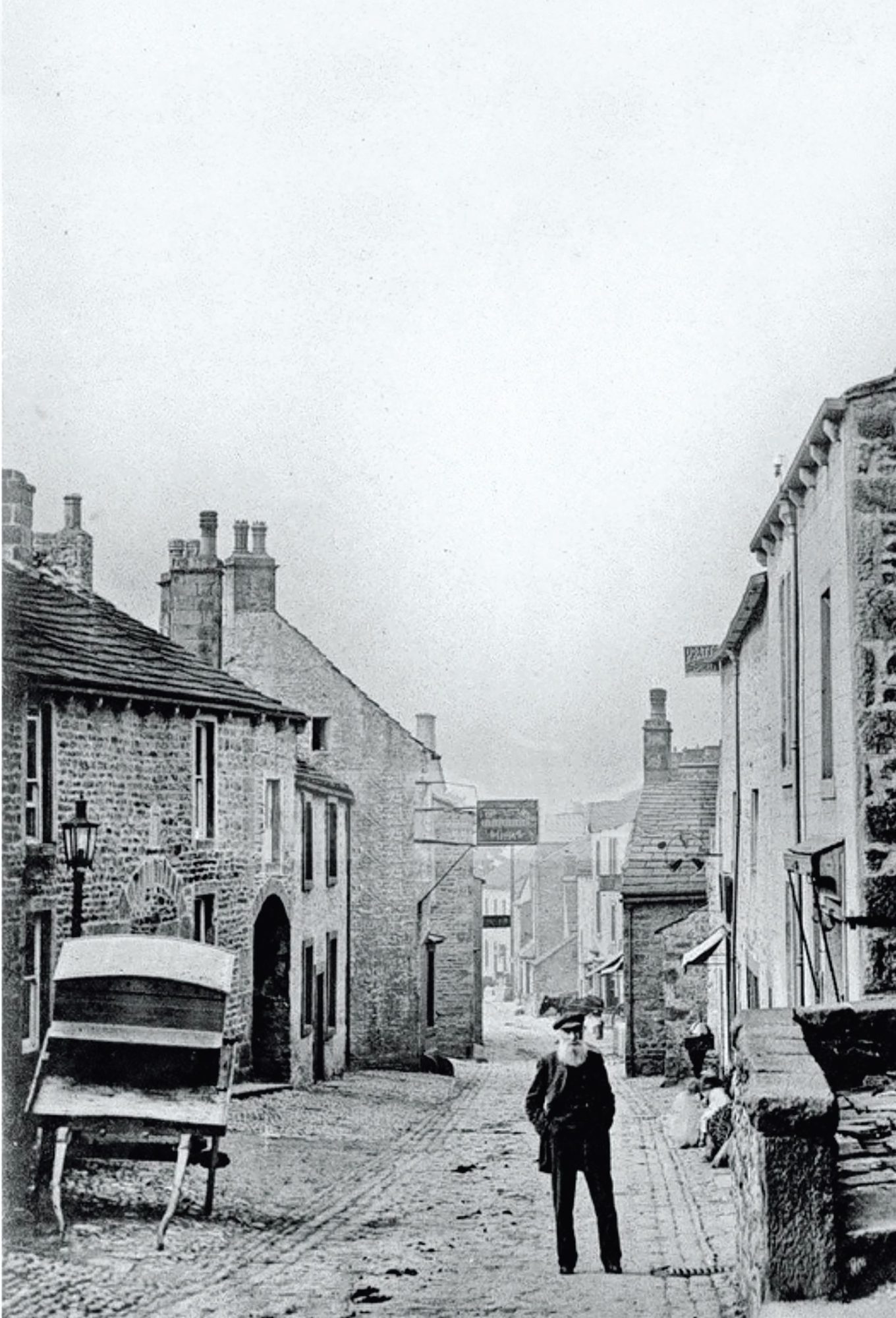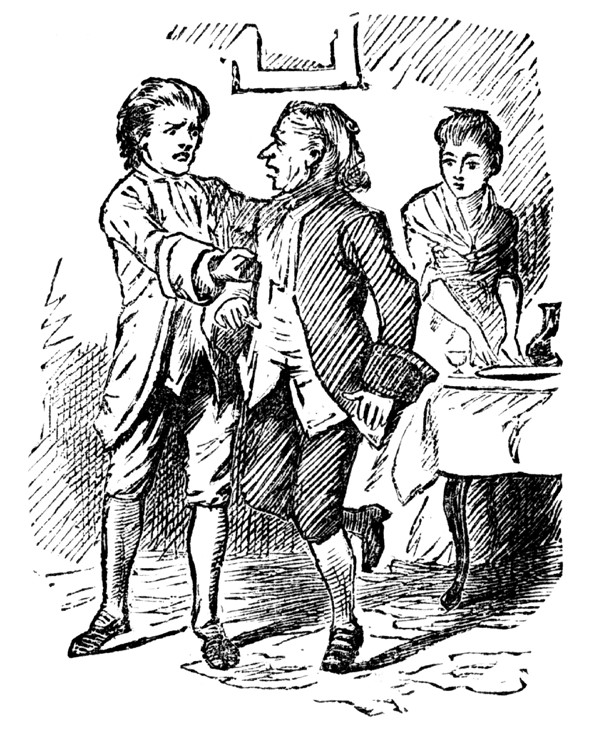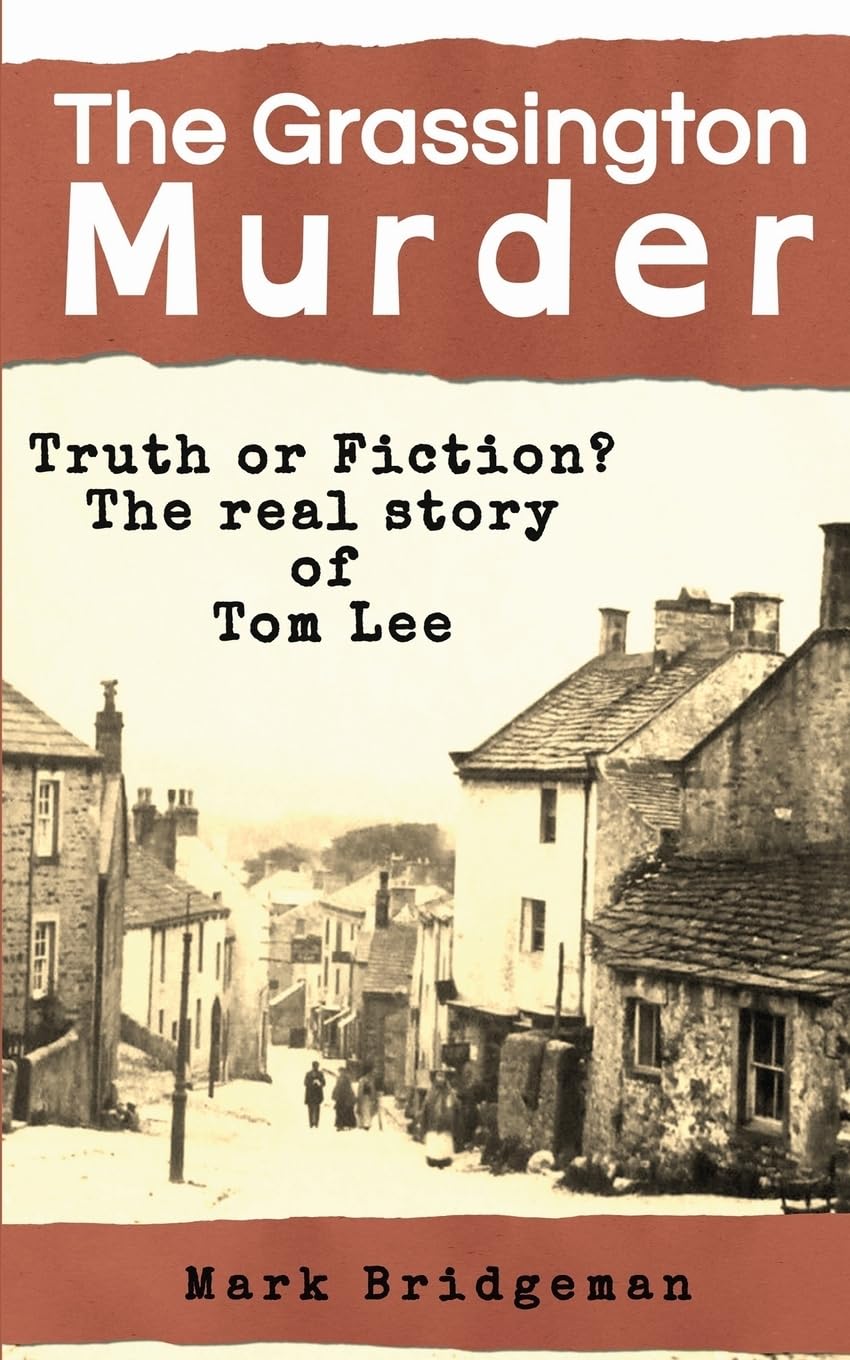
The Grassington Murder – The Legend of Tom Lee
by Laura Storey
An excerpt from author Mark Bridgeman's book, The Grassington Murder.
Those local to the Yorkshire Dales are likely familiar with the enduring legend of Tom Lee, a notorious highwayman whose tale is steeped in folklore.
In 1766, he perpetrated a brutal murder of a local doctor. This violent act planted the seeds that later grew into legend. Tales of chilling nocturnal deeds, desperate evasions from the authorities within hidden caves, a public execution, a decaying body abandoned in Grass Woods, and whispers of a lingering haunting.
“What tends to happen with legends is that they become exaggerated and so corrupted that it’s hard to find the actual truth,” Mark Bridgeman, author of The Grassington Murder, explains.

Author Mark Bridgeman
The legend of Tom Lee gained notoriety through a Victorian story crafted by Joseph Robertshaw in 1862, written under the pseudonym Heather Bell. This Victorian rendition, tailored for its audience, added a romanticised layer to the already mystifying story.
The Grassington Murder scrutinises Robertshaw’s version of Tom Lee, comparing it against historical records to unravel the genuine story behind the legend. In doing so, it sheds light on the intricate details of Tom’s life and his lasting impact on the town of Grassington.
Continue reading for an excerpt from the book and uncover the motives that made Dr. Tom Petty a target:
Whether it was purely a coincidence or not, the number of burglaries on local farmsteads and in roadside robberies (known as Highway robberies) increased markedly in Upper Wharfedale around the years 1750 – 1766. The Yorkshire newspapers reported a ‘great number of robberies carried out by a man, but he had no male accomplice, but robbed in company with a woman.’ Was this Tom Lee and his wife Jane? It is certainly probable.
“His reputation for temper, strength, and vindictiveness preceded him.”
Household burglaries also rose, particularly at some of the more traditional farmhouses and cottages possessing larger chimneys and fireplaces, which had been built before the imposition of the Hearth Tax in 1663. After that date, smaller chimneys and a reduction in the number of hearths naturally followed. The larger apertures in the older properties offered an easier point of access to the determined housebreaker. Tom Lee was widely suspected of complicity in the increasing spate of break-ins in the district. This was undoubtedly due to his seemingly inexhaustible funds, which enabled him to indulge in his two favourite pastimes – drinking and cock-fighting. Funds which appeared to be far beyond his earnings as a mine digger or as landlord of a one-room public house.
According to Joseph Robertshaw, writing a century later, ‘to this day are to be found strong iron bars in the wide, old fashioned chimneys of several farmhouses, placed there to prevent Tom’s midnight visits.’ I wonder if any of these barred chimneys still survive in and around Grassington and the present occupants appreciate their significance?

Yet, despite there being a good deal of local suspicion and even acceptance of Lee’s guilt, few had the courage to openly confront or accuse him. His reputation for temper, strength, and vindictiveness preceded him. According to an article written in the Todmorden Advertiser and Hebden Bridge Newsletter, more than a century later, Lee’s status had not diminished,
‘The history of this murder is still talked about amongst the villagers as if it is of yesterday’s occurrence. For there dwelt in Grassington a tall, strong man named Tom Lee, who was a character notorious for the depth of his villainy and for the diabolical nature of his temper; lying, roguery, and thieving were vices in which he was well practised; he was a constant terror to the neighbourhood; his hand was against every man, and his avaricious spirit would not allow him to pass anything that he could take away without detection, but sometimes he was too daring in his wickedness, and this led to his identity being exposed in more cases than one, though, on account of his revengeful ire, the matters were hushed up, and for many years he escaped the penalty of the law.’

However, circumstances were to soon change for Tom Lee. One day, early in 1766, Lee attempted to rob the bank messenger, who was en route to Grassington carrying a fortnight’s wages for the lead miners there. Lee had armed himself with a bludgeon and placed himself out of sight, next to a lonely section of roadway, where he waited patiently for the unsuspecting traveller to ride by. Fortunately, the bank messenger had armed himself with a pistol. As Lee attacked him, the messenger discharged the pistol into his assailant’s upper leg or groin area. According to the ‘Heather Bell’ version of events, the bank’s employee ‘lodged a quantity of shot in that part of Tom’s person which was covered by the upper parts of his leathern breeches.’ The messenger then galloped away towards Grassington, no doubt grateful to have had his life spared and to report the incident. Lee was left in agony, contemplating his next move. No doubt, a search party would return to look for him. In a state of some confusion and no doubt in a great deal of pain, he took some time to gather his thoughts before eventually staggering away to the moor, where he hid amongst the rocks until nightfall.
The Todmorden Advertiser and Hebden Bridge Newsletter continues the story,
‘Being in great pain, he at last ventured to go to Grassington. The inhabitants had, by this time, all heard of the dastardly affair, and, for anything he knew, all suspected him of being the culprit; nevertheless, he felt he must run all risks, and go to the doctor for relief, or else die. The doctor’s name was Petty.’

The Grassington Murder by Mark Bridgeman is available at The Stripey Badger Bookshop in Grassington and the Craven Museum, Skipton, and on Amazon in both paperback and eBook form.
NorthernLife Jan/Feb 24




